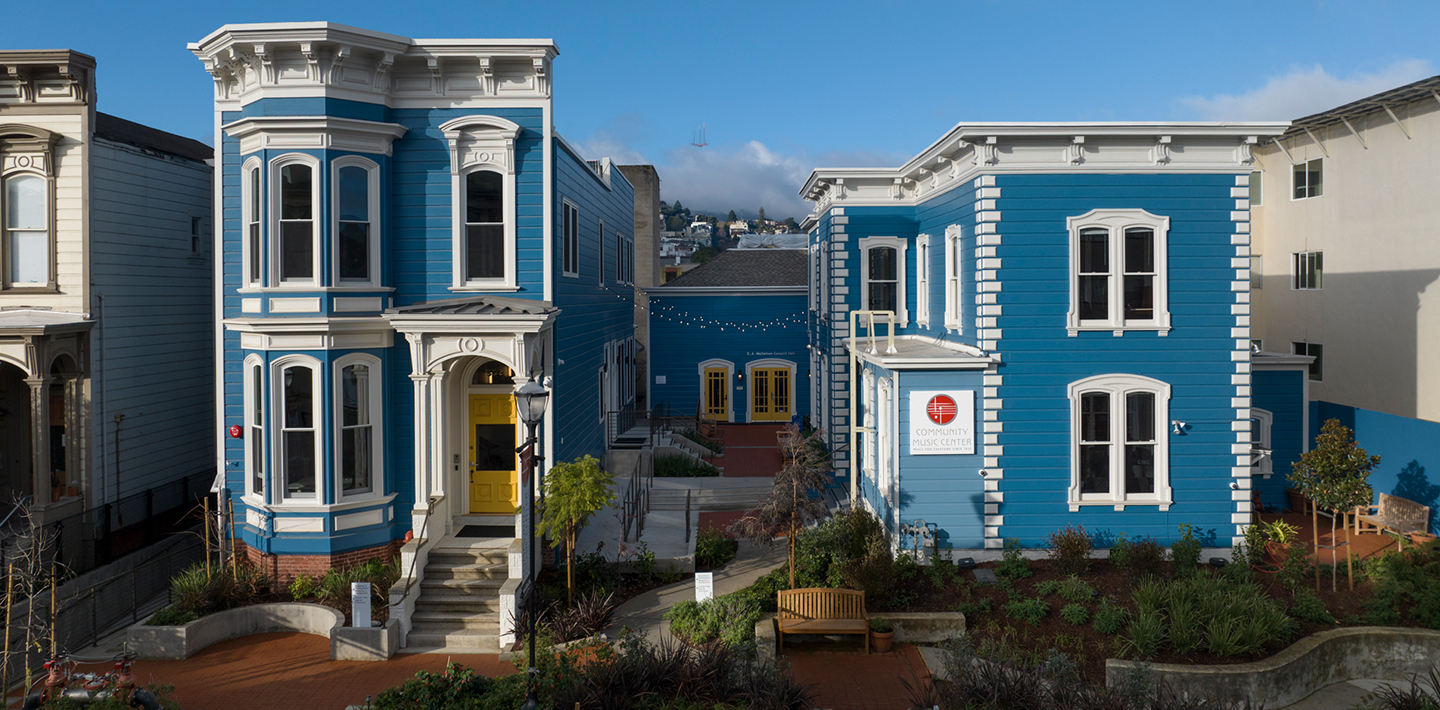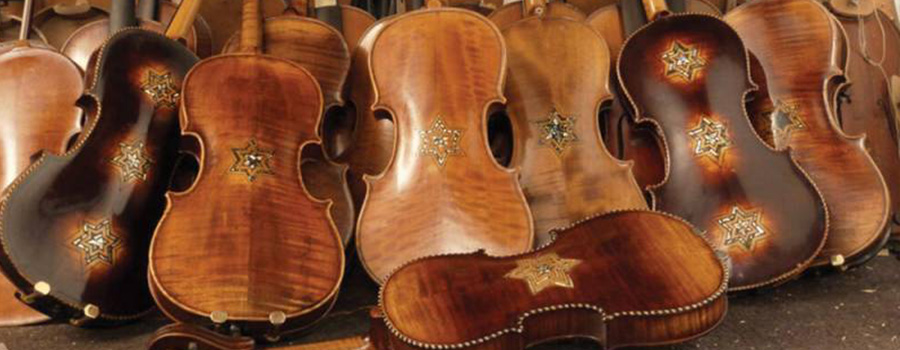By Suzanne Korey
On Saturday, February 15, I attended Violins of Hope in the Community Music Center Concert Hall.
The moment the musician put her bow on the string, the power of the Violins of Hope was clear. These stringed instruments, which belonged to prisoner-musicians from the camps of the Holocaust, represent what is both the worst and best of humanity: the cruelty of war and the beauty of art, the power of faith. Now, through the devotion of Amnon Weinstein, a renowned violin maker, these instruments have been beautifully restored and are being shared in schools and concert halls around the world.
The Community Music Center was fortunate to see the instruments and hear the Ariel quartet perform two virtuosic pieces with these treasured violins and cellos: Prokefiev’s Sonata for Two Violins and the first movement of Schubert’s Death of a Maiden. Avshi Weinstein, Amnon’s son and a craftsman himself, is traveling with the instruments on a two-month tour of Bay Area venues.
In a perverse use of art, Jews incarcerated in the camps were ordered to play in orchestras for the entertainment of the guards, during labor marches, during executions. For some of these musicians, being a violinist probably saved their lives. James Grymes, author of Violins of Hope, said that “Wherever there were violins, there was hope.” Perhaps that is what the audience took away from the performance – even in the face of the most unspeakable horror, where there is music and beauty there is hope.



